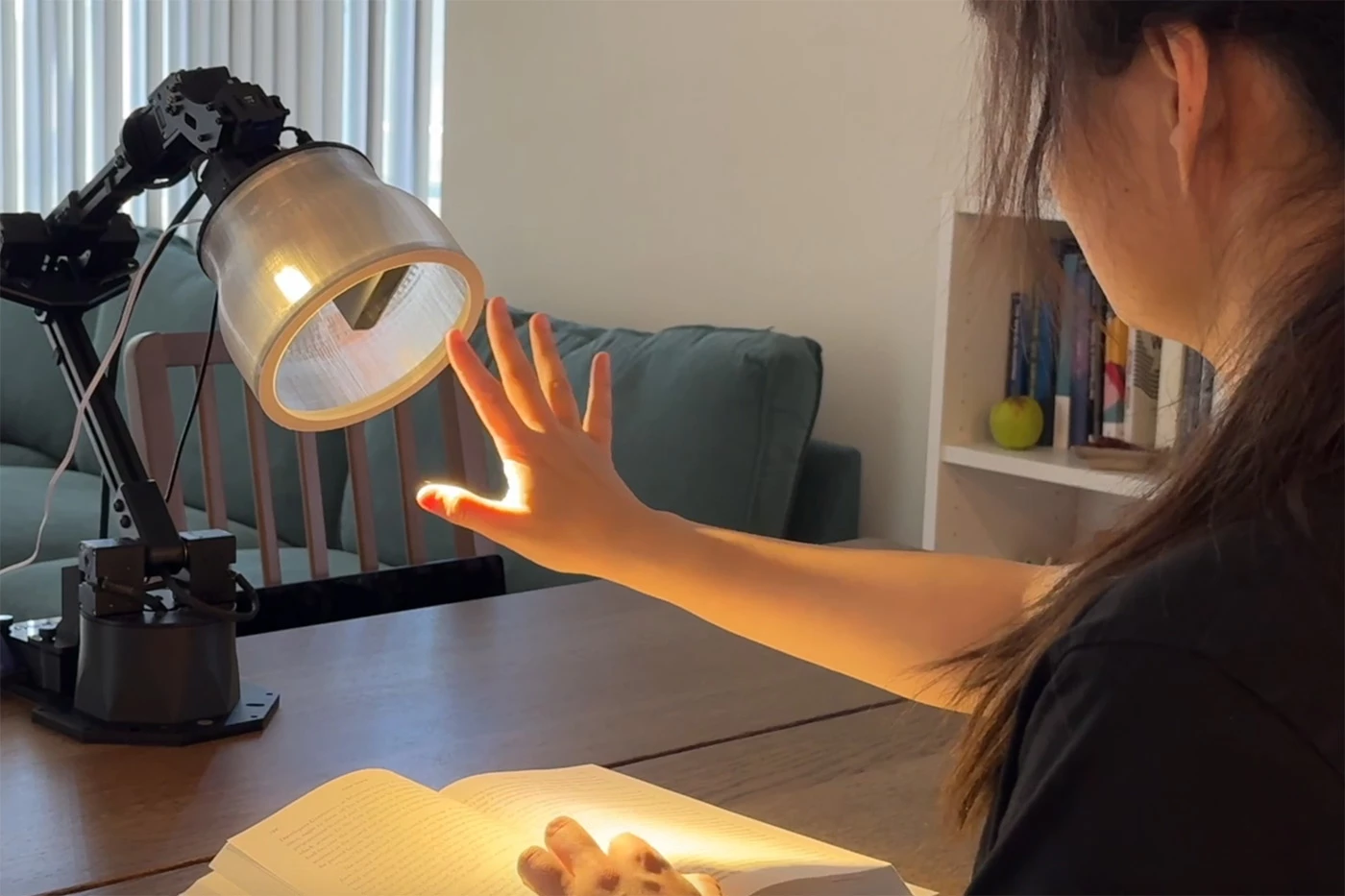Luxo Jr. has been brightening up every Pixar film since 1995, when the anthropomorphic desk lamp first appeared on screen and stomped on the animation studio's logo in its opening credits. This character has now inspired researchers at Apple who have developed ways to make robots more expressive, and improve human-machine interactions – and it is simply adorable.
A team of three at Apple's Machine Learning Research division demonstrated how a robotic desk lamp that can move in place and gesture to communicate with people can be more engaging to use than one built to operate clinically. The group presented a paper as well as a comprehensive video, showing the robot executing six tasks in 'Expressive' and 'Functional' modes side by side for comparison.
You can find the video on this page over on Apple's site, as well as in the X post embedded below. As you'll see, the robot lamp is equipped with a camera, projector, and speaker in addition to its LED light.
Apple gets it. Robots are going to be everywhere, but they won’t look like robots. Check out their new paper ELEGNT.
— Nacho Mellado (@uavster) February 6, 2025
I believe this is the future of everyday objects: helpful and human. pic.twitter.com/pmkNxiAkB5
With each task, the robot in 'Expressive' mode exhibits lifelike behaviors: from glancing outside the window before describing the weather, to nudging a glass towards the researcher when it's time to remind to drink water, to dancing along with them when there's music playing. As you'd expect, the lamp in 'Functional' mode simply does what it's told, using the minimal amount of movement necessary.
"Our findings indicate that expression-driven movements significantly enhance user engagement and perceived robot qualities. This effect is especially pronounced in social-oriented tasks," the researchers noted. I believe them whole-heartedly: when the robot hung its little head upon being told it couldn't come along for a hike, I literally said out loud, "Why not?"

Beyond showcasing Apple's machine learning chops, this project also lends credence to an August 2024 report from Bloomberg, in which journalist Mark Gurman noted that Apple was building a robot with an articulating arm and an iPad-like display to help you control your smart home, answer video calls, and check your home security cameras. That report also stated the device could arrive by 2026 or 2027, and cost about US$1,000.
Last month, Apple also published a paper describing a framework to generate natural and expressive gestures in humanoid robots, like giving a thumbs-up to a student as they complete a math problem on a chalkboard. Clearly, robotics is on Apple's mind at the moment.
We'll have to wait and see if the company really puts these technologies into products we can buy. Apple did, after all, kill off its plan to build a self-driving car last year – and per Gurman's report, put the leader of that program on to this screen-equipped robot project. But if it's really making cute robots like this, that's a vision I can get behind.
Source: Apple






